Celebrating the Feast of St. James in Santiago de Compostela
“Almighty ever-living God, who consecrated the first fruits of your Apostles by the blood of Saint James, grant, we pray, that your Church may be strengthened by his confession of faith and constantly sustained by his protection.”

Santiago de Compostela on the feast of Saint James the Apostle is a life goal for many. This city is the place where (tradition holds) the remains of Saint James the Great are buried. The city population is just around one hundred thousand, but swells considerably at times due to the over two hundred thousand pilgrims who come to Santiago each year as they complete one of the varied routes of the Camino.
If you have come to Santiago de Compostela on a Camino, your first stop is likely to be the Praza do Obradoiro with the ancient Cathedral of Santiago. The cathedral is Santiago’s most famous building with a Romanesque structure and later Gothic and Baroque elements. At the Cathedral, is the famous Botafumeiro (its historic, giant thurible). The name “Botafumeiro” means “smoke expeller” in Galician. The present thurible was installed in 1851, and was in use today at the special Mass for the Feast of Saint James.
July 25 is the “Festas do Apóstolo,” the amazing feast day of the Saint who brought Christ to this land. The evening of July 24 outdoor concerts and fireworks filled the air, booming and rattling the city and flashing lights on its walls. This morning on July 25, Archbishop Julián Barrio Barrio said the special feast day Mass of the Apostle. The church was packed with pilgrims from around the world, including our small group. It was a real highlight for Father Nathan Cromly who has guided this group from day one. After walking and teaching on Saint James for the past week it put an ending stamp on the trip for him.
A fascinating thing to observe was the many Galicians who also travel to Santiago to celebrate Galician language and culture. St. James is the patron saint of Santiago de Compostela but also Galicia; which means St. James Day is also Galicia Day and a holiday in the region. The two celebrations are so intertwined that the Saint and the culture are celebrated as one.
But who is this Saint who has impacted this part of the world for so many years that he is their identity? Professor Donald James Tilson, from the University of Miami shares the story from the Gospel of Luke (Luke 9:51) where Jesus was rejected by the Samaritan town, “because he was on his way to Jerusalem,” James and John asked Jesus to “have us call down fire from heaven to destroy them” (Luke 9:53-54). Jesus instead reprimanded them, and “they set off for another town” (Luke 9:56). Shortly after, in the Gospel of Luke, Jesus tells the story of the Good Samaritan who showed mercy on a man beaten and left by robbers on the road from Jerusalem to Jericho, to emphasize the true meaning of “love of neighbor” and its importance for those who would “inherit everlasting life” (Luke 10:25). The story also seemingly is in answer to James and John who would have destroyed the Samaritan town if they had had the opportunity. Professor Tilson notes “that such a fiery temper may explain why Jesus gave James and John the surname Boanerges, a Greek word from an Aramaic expression meaning ‘sons of thunder,’ when He selected His Twelve Apostles as described in the Gospel of Mark.” He goes on to note that “others have suggested that they may have been called Boanerges because of their strength of character and passion for God.”
That very strength of character and passion for God brought Saint James all the way to the ends of the known world (at the time) and his memory and example is here even today, bringing the light of the gospel to those who celebrate his memory and journey on the Camino.
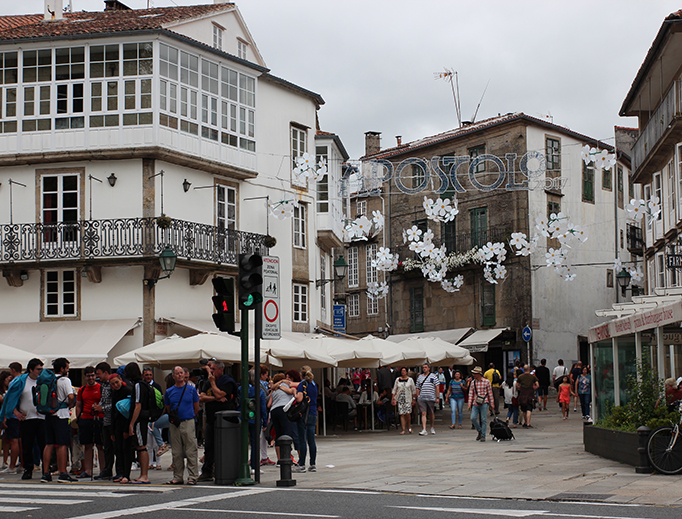
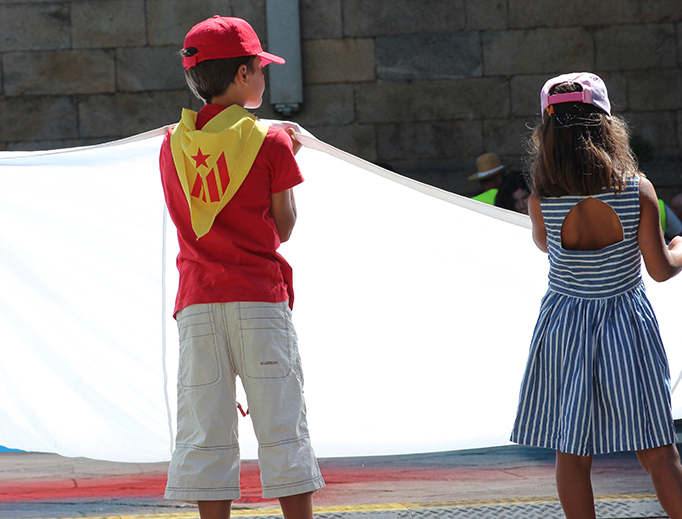
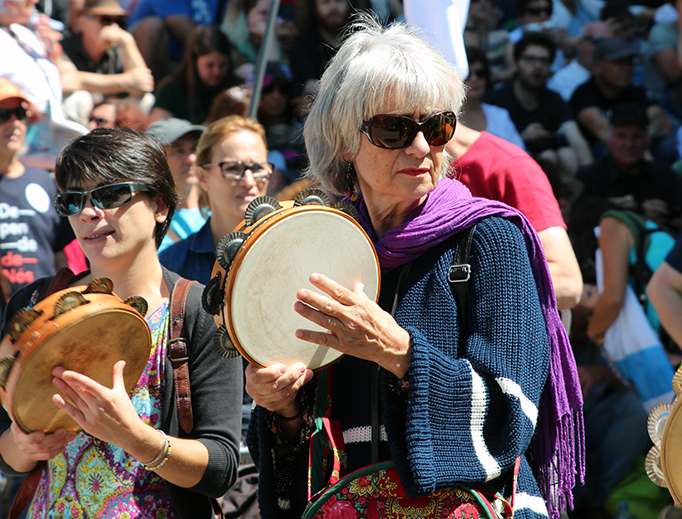
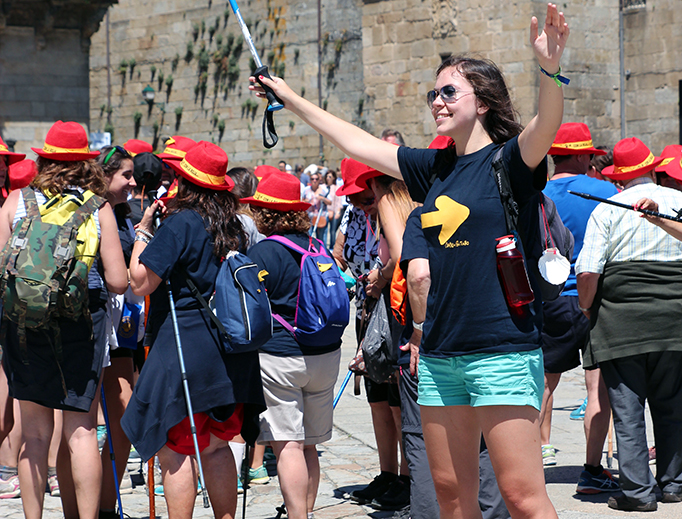
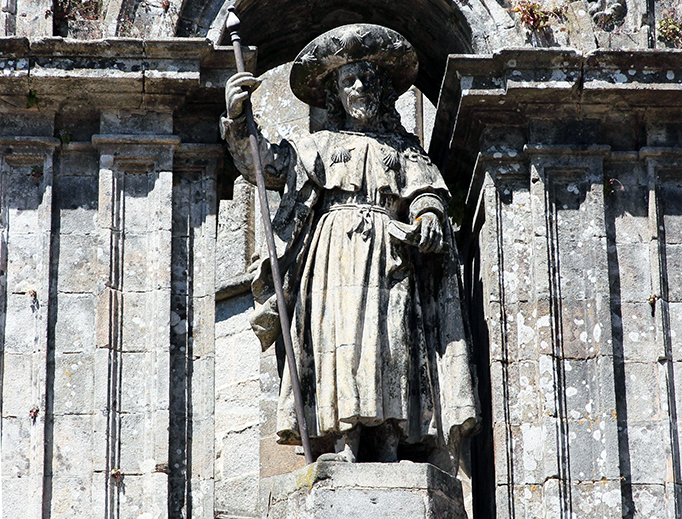
This article originally appeared July 25, 2017, at the Register.













